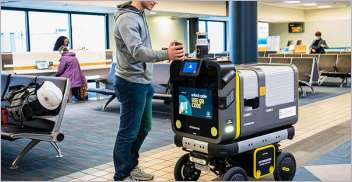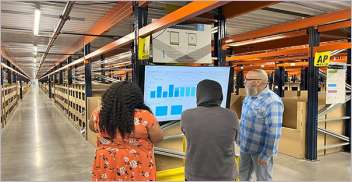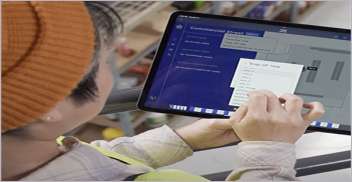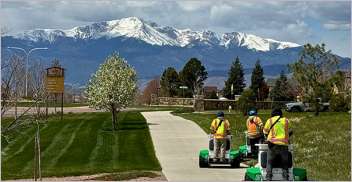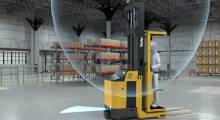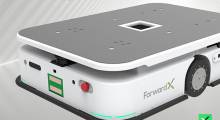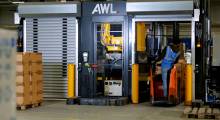A
AGV stands for Automated Guided Vehicle. AGVs are used to transport heavy items such as stacks of pallets, rolls of paper or metal, and auto parts along a defined route in a factory or warehouse.
API stands for Application Programming Interface. Application programming interfaces are the links that allow pieces of software to communicate with each other. They are designed to only show programmers the essential details they need to send instructions to another program or device. They are helpful because they allow developers to build new features on top of existing applications. When working on robots, developers can take advantage of APIs to help expand their functionality and capabilities.
ASRS or AS/RS is short for Automated Storage and Retrieval System. These systems are designed to automatically place and retrieve items from defined storage locations in a warehouse.
C
Computer numerical control (CNC) machinery uses software to autonomously direct the two- or three-dimensional movement of subtractive manufacturing tools such as drills, grinders, lathes, mills, and routers. It is a form of industrial automation based on computer-aided design (CAD) and computer-aided manufacturing (CAM) files and replaces manually guided tasks. CNC machines requires programming and can work with different types of robots.
D
Deep learning is type of machine learning in which artificial neural networks take a layered or hierarchical approach to processing data. This artificial intelligence technique involves representation learning, in which each layer can transform data into a more abstract representation. Deep learning is used in speech recognition and natural language processing, image and video processing, and machine vision. The algorithms are used in finance, drug discovery, and robot training applications.
Delta robots are a type of parallel arm robot that maintain the horizontal position of the end effector. They are known for their speed, particularly in pick-and-place applications.
G
GD&T stands for Geometric Dimensioning and Tolerancing. To help them better communicate about structural, geometric, and engineering tolerance aspects of mechanical parts, designers and engineers came up with language and symbols known as the GD&T standard. It is used in technical drawings and computer-aided design (CAD) files. GD&T was designed by the American Society of Mechanical Engineers.
M
Machine learning is a branch of artificial intelligence in which systems use training data to recognize patterns and learn to make make decisions without explicit human programming. Machine learning algorithms can be supervised or unsupervised, depending on the level of human involvement in learning to predict outcomes. In reinforcement learning, machines learn through trial and error, weighting the results to improve behavior over time. Assumptions by the people building data sets or models can cause AI bias. Machine learning is used in object recognition and classification for robots and autonomous vehicles.
N
Neural networks are used to help robots learn, understand, and react to their environments. They follow a software model designed to function similarly to a human brain’s biological neural pathways. Neural networks are composed of multi-layered “neurons” that take in and process data – the input layer, the hidden layers, and the output layer. Like a human brain, neural networks strive to predict accurate outcomes by weighing the data they receive over time. Neural networks are the supporting architecture of machine learning.
R
Robotics as a Service, commonly abbreviated as RaaS, is a business model in which a robotics vendor offers its hardware, software, and services for rent or lease rather than outright purchase. It is based on Software as a Service (SaaS) and is common in certain industries, such as construction and utilities. Robotics suppliers claim that RaaS lowers barriers to adoption by shifting risks and costs from capital expenditures, or CapEx, to operational expenditures, or OpEx. It can also provide recurring revenue for vendors. Service-level agreements may be managed by third parties such as integrators.
The Robot Operating System is an open-source middleware suite, intended as a flexible framework for robotics software developers. ROS includes tools and libraries to support community collaboration. It grew out of efforts at Stanford University and Willow Garage in the early 2000s and includes the ROS-Industrial, or ROS-I, and ROS 2 variants. Several commercial mobile robots are built on ROS, which is hosted by the Open Source Robotics Foundation Inc., or Open Robotics.
S
A cylindrical robot with two parallel rotary joints (horizontally articulated) which provide compliance in one selected plane. SCARA is short for Selectively Compliant Arm for Robotic Assembly or Selective Compliance Articulated Robot Arm.
